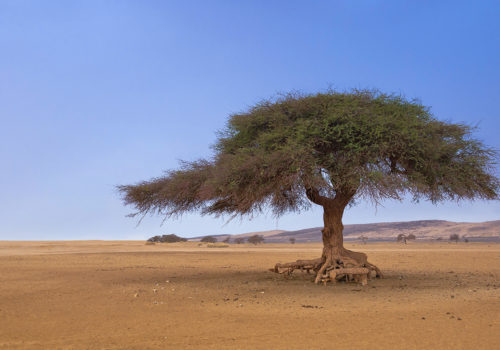Thierry’s Monthly Chronicle
With its hundreds of billions of photographs of all styles, all schools and often all qualities showing up permanently on the planet, photographic confusion awaits us at every moment. Indeed, of all the tools of artistic realisation, photography is the one which offers the widest qualitative range when its achievements are successful. In short, the sublime and the worst meet together. But whatever the work produced, its purpose and its finish; it necessarily passes through three essential points. Creation and its photographic materialisation require a subject, an interpreter, and a creator.
I suggest you eliminate the interpreter immediately, its qualitative role is not negligible in the interpretation by its management of light and its storage of data. This crossing point is obligatory, either like a blacken darkroom or as the last digital jewel with opportunistic intelligence. This physical intermediary, whose perfect mastery is essential for true creators, must ensure the technical realisation of works in complete neutrality.
Then, we must admit that the possibility of constructing an artwork, all artistic branches combined, needs a subject whose various origins are infinite and through a creator whose inventive capacities are also unlimited. Only the association of this essential duality can create a perfect symbiosis to hope for an approach of the photographic Holy Grail. Even excluding all the non-photographers who produce images, there are still far too many photographers – including those self-proclaimed artists – who do not understand this essential fission.
The subject, the subjects range from the infinitely small like the trace of an elementary particle to the immensely large like a sidereal universe. Subjects can cover the immaterial life of Olympus or a pumice pebble under a solar zenith. All subjects are acceptable without any censorship and whatever their ratio of vitality from a hummingbird wing flapping to the age-old erosion of hoodoos. Regardless of fashions, customs, laws, and other intellectual weaknesses, without subject no reflections or absorption of photons, which in some cases, would free many photographers and spare us irremediable burns and permanently blocked opacities. While the current laws of physics tell us that nothing is already much, the tiniest blank sheet is already a subject for the photographer. Certainly they are indispensable our subjects; but in no case can a subject makes an artwork (except to be intrinsically by himself as a sculpture for example). The men of the Law make it clear: originality is mandatory to recognise the status of an artwork and grant rights to its author. What is paradoxical, it is that the recognition of said “originality” is entrusted to the appreciation of the Judge. I have no doubt that many judges love artistic fields. However, the competence to determine whether the angle of view, depth of field, lighting, etc. reveal an authentic creation, can become more random. The case of law, as a whole, nevertheless clearly determines that if the subject becomes essential into image, the notion of artwork disappears in favour of that of reproduction or copy. It is not because a child is sadly starving, that a virus keeps a beautiful neighbour cloistered behind her window, that a rusting tractor is perched on an electric pole or that a rat crosses the Red Square that you have become the Michelangelo or the Praxiteles of the Photographic Picture.
The photographer is the author who will use the photographic tools to build an original image, to translate his thought into artwork if he is a creator.
The original image will be the presentation, in a new approach or an unusual aspect, of a specific subject. In this case, the author will use his technical know-how and his mastery of the subject to obtain the image he had built in his head and share it with as many people as possible. From this level of approach, it needs an emotional relationship between the author and his subject. This is particularly true for great reporters, for good portrait artists, wildlife photographers, naturalists, and other “street-viewers”, etc.
The creative work pushes further the unfailing link between the cerebral delusions of a thought and its intimate fusion with the subject essential to the materialisation of an imaginary. How to use a flow of light on a material construction to concretise an idea as abstract as it is immaterial ? When the creator and the subject interpenetrate – in a proven technical supremacy – the artwork becomes unique and exceptional. Which by the way is absolutely true for all creative sectors without any exception.
In all photographs, the reality is in the relationship between a subject and a photographer through a tool that freezes light, is undeniable. Nevertheless, we should not confuse all the results obtained which come from the relationship between an operator and a subject, even if they are all respectable on the same level. The technician will present the subject as objectively as possible. The author (and his piggy bank rights) will offer unexpected images, often enhanced with aesthetics. The creator (and his discretion behind his work) will align works supposedly perennial to appeal to a few contemporaries and future generations.
Photography has become a fashionable tool of expression, why not! But let’s not confuse the genres and stop swooning over an image because the subject is topical to make people cry in thatched cottages or to laugh in a stupid context. Better, when it is not about eradicating the painful fantasies of introverted late teenagers. Let’s not be confuse!
Thierry Maindrault
December 10, 2021
your comments about this chronicle and its photography are always welcome to
















